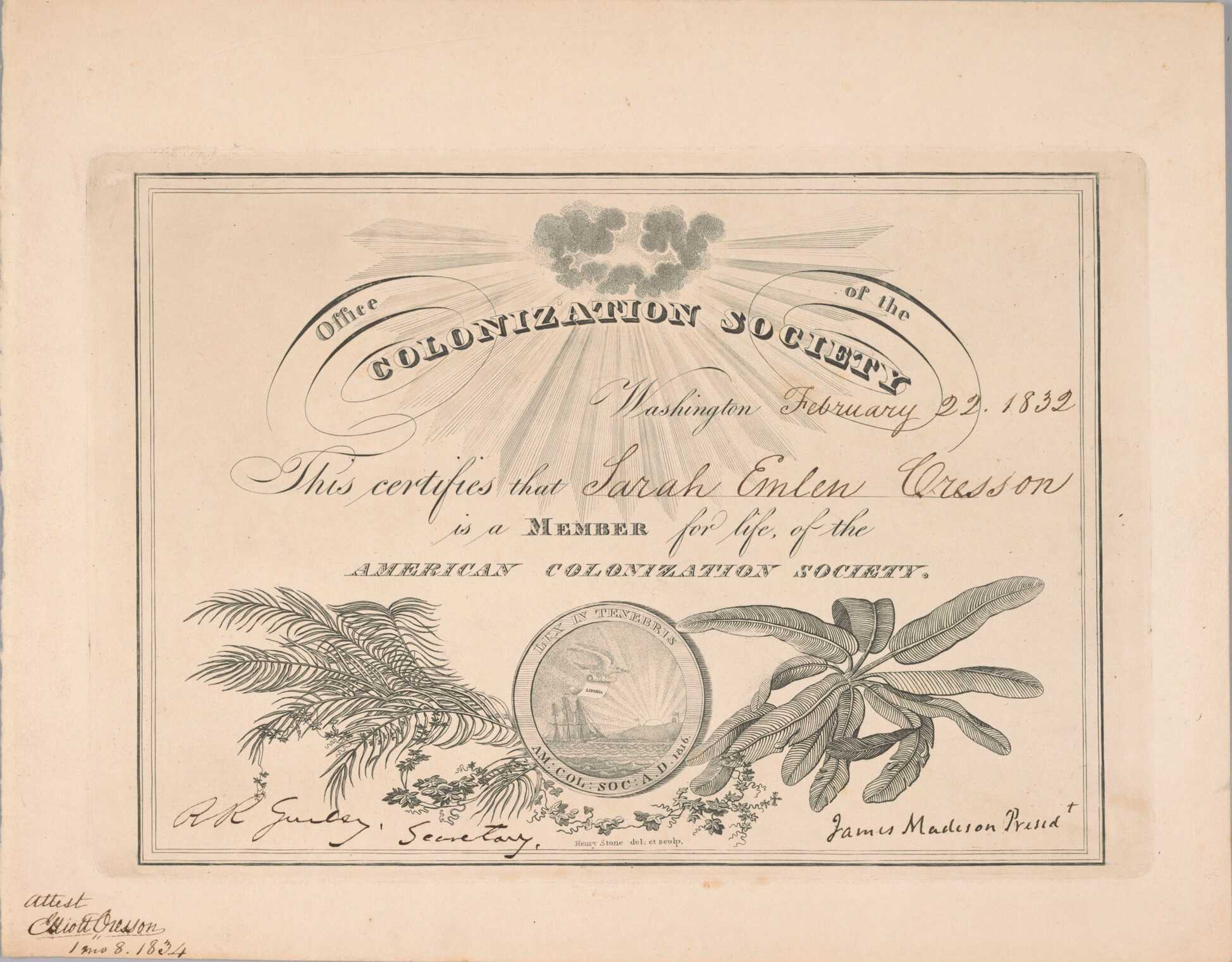Chapter 4
Free Communities of Color
After the Revolution, the free Black population grew exponentially. Whether by manumission, escape, military service, or birth, Black people found paths to freedom. In 1790 there were almost 60,000 free African Americans in the United States. By 1860, the population had grown to almost 500,000. Yet Black freedom was limited, and regulated. Free African Americans risked being kidnapped. They were required to carry badges or cards that identified them as free or face enslavement.
Facing racism, violence, and economic hardship, free Black people turned inward. They forged autonomous, tight-knit communities and neighborhoods—foundations for freedom.
Across the nation, free Black people created an infrastructure that helped them to survive. At the center was the Church, which guided all aspects of community life. It was an incubator for important institutions that strengthened and enriched the community. Free Black leaders organized fraternal orders, antislavery societies, and national conventions to uplift all Black people. Educational institutions like the Free African School and literary societies promoted intellect and pride. The Black press, including the first African American newspaper, Freedom’s Journal, was a vehicle to publicly challenge slavery and injustice. Black entrepreneurs, like the Toussaints of New York, provided philanthropic support.
Free African Americans responded to discrimination in different ways. From the impassioned cry of Henry Highland Garnet for “resistance” and the radical voice of David Walker, who encouraged violent resistance—to the global vision of John Russwurm, who supported emigration to west Africa—free African Americans built institutions and traditions that still stand today. They pushed the definition of freedom and forced the nation to face its contradictions.
A Place for Freedom?
Liberian Senate
By upholding slavery and racism, the United States challenged African Americans’ right to belong in a nation they helped build. Some moved to Canada and the Caribbean. Others escaped deep into woods and swamps. Many claimed their right to stay and continued the fight for equality. Some whites and Blacks felt that they could never live together and supported the colonization movement. The issue of staying or leaving the country shed light on the meaning of Black nationalism, identity, and freedom.
Freedom Beyond Our Borders
Membership Certificate to the American Colonization Society
Brown’s Indian Queen Hotel
The American Colonization Society was founded in 1816 by several prominent enslavers, including Justice John Marshall, Francis Scott Key, and Congressman Henry Clay. The society financed the removal of free Black people to Liberia in western Africa. The members feared that a Black presence in America would promote slave rebellions and lead to a race war.
Brown’s Indian Queen Hotel, located on Pennsylvania Avenue in the Federal City between the U.S. Capitol and the White House, was the site of the formation of the American Colonization Society.
Thomas Commeraw: Emigration to Sierra Leone
Commeraw Stoneware Jug
In 1819, the American Colonization Society secured $100,000 from Congress to send free African Americans to western Africa. The first group left New York to settle in Sierra Leone in 1820. Some African Americans emigrated willingly; others were transported by the Society as part of their plan to remove free African Americans from the United States. The Society identified Thomas Commeraw, a successful free African American artisan potter in Manhattan, to govern one of the western African settlements. Commeraw, who was also an activist and philanthropist, produced this stoneware jug.
Embedded Freedom: The Dismal Swamp
Excavated Artifacts from the Great Dismal Swamp
To safeguard their freedom, free and fugitive Black people created maroon, or runaway, communities in the swamplands of Virginia and North Carolina. Maroons used what they found in the swamp to survive. These pebbles excavated from the Dismal Swamp are fragments of tools left by Native Americans and repurposed by maroons. Maroon communities existed throughout the African Diaspora.
